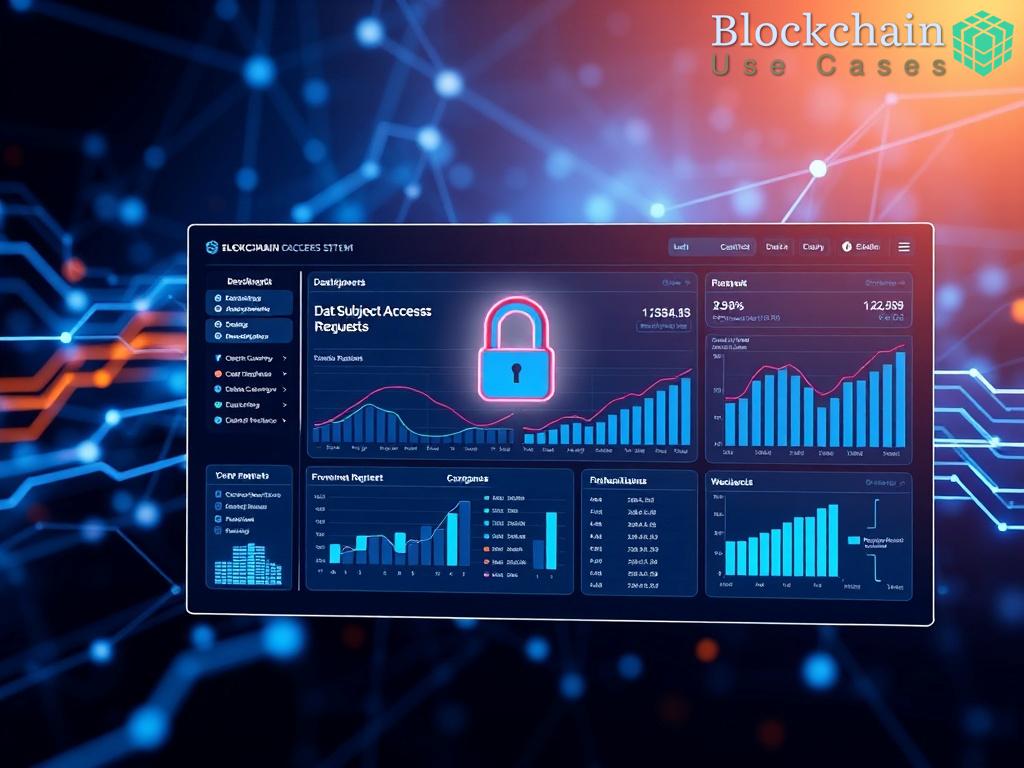The traditional voting process has been fraught with challenges, including voter fraud, lack of transparency, and concerns over privacy. As election integrity becomes increasingly important in our digital age, blockchain technology emerges as a robust solution for secure and anonymous online voting platforms. This article delves into how blockchain can transform the voting landscape, ensuring that every vote counts while preserving voter anonymity.
Decentralization: A Game Changer for Voting Security
One of the primary advantages of blockchain technology is its decentralized nature. Unlike conventional voting systems that rely on centralized databases, blockchain distributes the data across a network of computers, making it nearly impossible for any single entity to manipulate the results. By employing a decentralized ledger, we can significantly reduce the risk of fraud and ensure that the voting process is transparent and trustworthy.
The Power of Anonymity in Voting
Another critical aspect of online voting is the need for voter anonymity. In many instances, individuals may hesitate to vote due to concerns about how their choices might be perceived. Blockchain technology can provide a secure framework for anonymous voting by utilizing cryptographic techniques. This ensures that while votes are counted, the identity of the voters remains confidential, thereby encouraging greater participation in the democratic process.
Key Features of Blockchain Voting Platforms
To fully appreciate the potential of blockchain in online voting, it is essential to understand its core features. The following list outlines the primary benefits that blockchain brings to the voting process:
- Immutability: Once a vote is recorded on the blockchain, it cannot be altered or deleted, ensuring the integrity of the electoral process.
- Transparency: All transactions are visible on the blockchain, allowing for independent audits and enhancing trust among voters.
- Accessibility: Voters can cast their ballots from anywhere in the world, making it easier for people with disabilities or those living abroad to participate.
- Cost-effective: Blockchain can reduce the costs associated with traditional voting systems, such as printing ballots and staffing polling places.
As we continue to explore innovative solutions for the challenges facing our electoral systems, blockchain stands out as a promising avenue for enhancing the security and anonymity of online voting platforms. By leveraging this technology, we can pave the way for a more inclusive and trustworthy democratic process.


















